► Xpeng launches in the UK with new G6 SUV
► Very similar to a Model Y, but better in some areas
► Sub-£40k pricing makes it a good deal cheaper too
It doesn’t seem like a week goes by without another Chinese electric SUV entering the scene, but this one is better than most – the Xpeng G6.
Offering remarkable similarities to the Tesla Model Y, its arch rival, it offers an equally button-less and modern interior, similar dimensions and slightly anonymous styling but, crucially, bags of technology and space for a great price. Tesla has even gone and given its Model Y a facelift that makes it look an awful lot more like this Xpeng with its new front light bar.
The G6 is the first car to launch from Xpeng in the UK, and following an initial first drive on home soil, we’ve now had the chance to spend a week and hundreds of miles with this EV to see if it’s worth considering.
At a glance
Pros: Impressive real-world range and efficiency, lots of space for the money, well-built interior
Cons: Nothing special to drive, poor rear visibility, busy infotainment takes some time to get used to
What’s new?
Xpeng is a brand from China that was founded in 2014. It bills itself as a properly serious technology company that manufactures cars, as well as having its hand in subjects like software, robotics and even flying vehicles.
In the UK, the Xpeng brand is managed by International Motors, the business that’s also responsible for importing Subaru, Isuzu and Great Wall Motors models as well as managing Mitsubishi’s aftersales service.
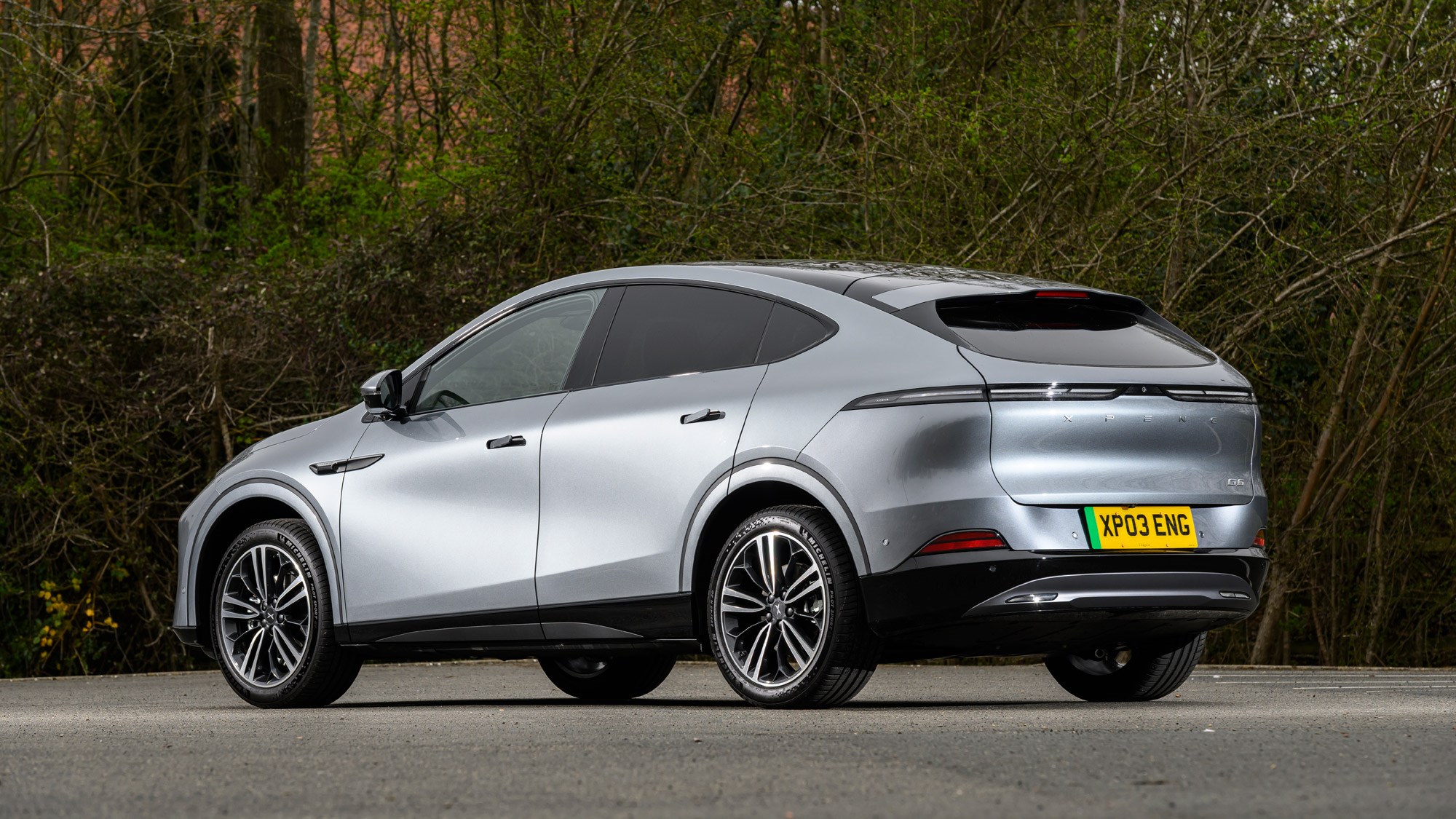
‘The brand is very much focused on future mobility,’ William Brown, International Motors’ UK director tells us. ‘It’s always looking forward into the future to try and foresee what future mobility will look like, which seems a bit farfetched now in terms of things like flying cars and autonomous driving but the view is that, at some point, some of the parts of technology developed here will make their way into cars.’
Xpeng has been slowly rolling out across Europe with a range of models. In the UK, the business properly started early in 2025 with this: the G6. It’s about as heartland as you can get in terms of EVs available in the UK: a crossover SUV that costs around £40,000 and it tackles several rivals including the ubiquitous Tesla Model Y and new BYD Sealion 7. It’s a largely anonymous thing to look at, with clean looks and a ‘robot face’ designed to keep drag nice and low.
What are the specs?
Two power variants of the G6 are available in the UK: RWD Standard Range and RWD Long Range. You can broadly get the gist of how each version intends to perform, and that means no all-wheel drive dual motor version is available. The G6’s chassis architecture, named SEPA 2.0, runs on an 800-volt architecture for super-fast charging speeds.
RWD Standard Range features a 254bhp e-motor and a 66kWh battery pack, claiming 270 miles on a charge. Xpeng says that this model is capable of charging speeds up to 215kW, and is good for a 6.6sec 0-62mph sprint.
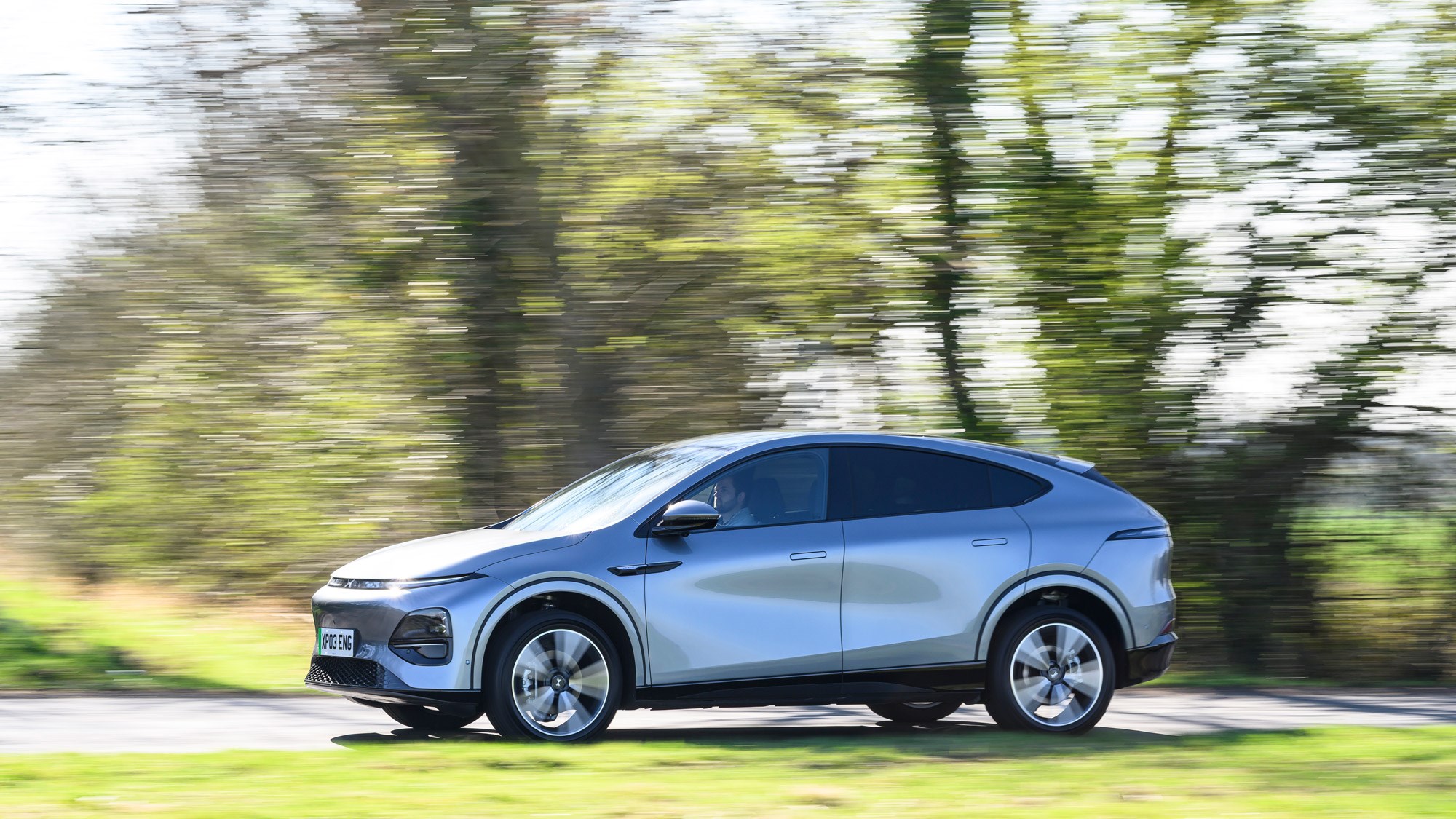
The Long Range model features a larger 87kWh battery pack and a modest boost in power from its single, rear-mounted motor producing 282bhp, dropping the 0-62mph time down to 6.2 seconds and the range up to a claimed 354 miles. The Long Range model can also charge at up to 280kW, with just 20 minutes needed to get it from 10 to 80 per cent if you can find a quick enough charger. Our test car was this version and really impressed us with its efficienty, averaging 4mi/kWh in gentle driving to practically match its claimed range. Even sat at consistently high speed on the motorway, it was returning 3.2mi/kWh, equating to a 280-mile motorway range, which is rather good efficiency considering the G6 is quite a sizeable car.
What’s it like to drive?
Perfectly fine and, in some cases, quietly impressive. Broadly, as illustrated by the way this thing looks more than anything else, this isn’t designed to be some sharp driver’s car, which is reflected in many of its controls and functions. The steering, for example, is rather synthetic in feel but light and direct enough to give you at least a base level of confidence in it. It can feel quite numb on the motorway, though, and is very similar to the Tesla Model Y in that respect.
Get a little more aggressive in your driving and the G6 behaves commendably but very neutrally. Everything’s just… fine behind the wheel. Not exciting or particularly sharp, but not soggy or overly soft either.
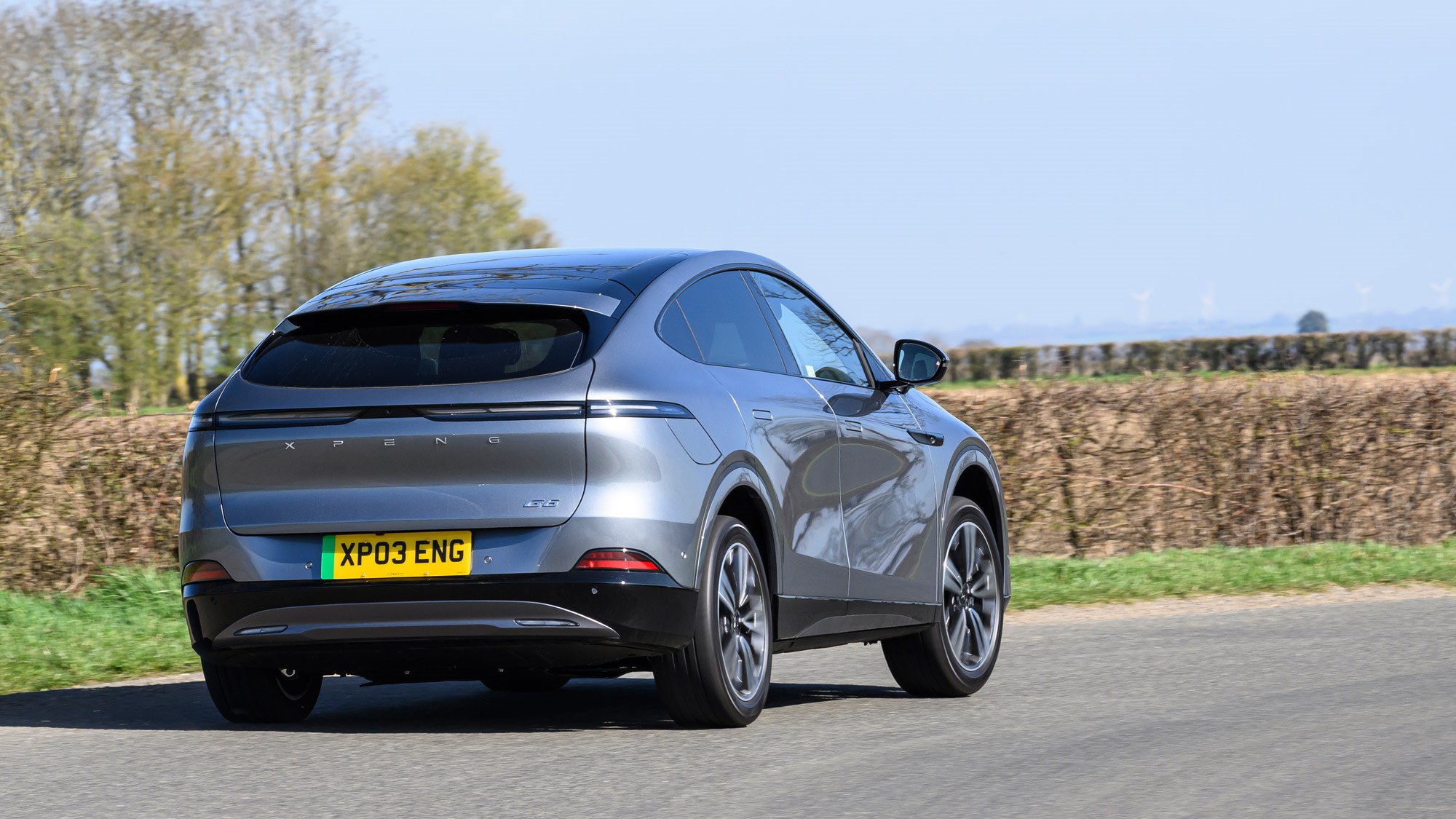
Acceleration is more than enough, regardless of which model you choose, whisking you into the middle distance with some urgency. That can be tempered by the drive modes (Eco, Standard, Sport and Individual – the latter allowing you to tweak pedal response, brake and steering weight) and you can go for a near-one-pedal driving mode with the customisable regen modes. The G6 has more than enough pace – it’s usefully brisk but doesn’t feel the need to scare or thrill with its performance, and we appreciate that. Electric SUVs like this don’t need 400bhp-plus.
The ride is neatly balanced and well damped mostly. It’s a smidge firm around town, but not crashy or harsh even over some seriously rough and potholed roads while we were out on test. Road noise is kept to a reasonable level, and that slippery front end helps make it seem very refined indeed from the interior.

Rear visibility is a sour subject as the small, angled back window makes the view out rather compromised, and practically all C-pillar is taken up by metal. We also had a few issues with the driver assistance features during our week of testing. The adaptive cruise, for example, struggled with unlit sections of the A1, on several occasions believing an exit slip road was the same lane we were travelling in, which is slightly alarming.
What’s the interior like?
What you notice first as you sit down is the high centre console, trimmed with a couple of (rather pokey) cupholders and a pair of fast wireless chargers with integrated cooling. There’s an enormous storage area under the lid where your elbow rests, as well as another beneath the centre console.
The overall design is clean and pretty minimalist, with precious few significant details or features to the way it looks. There’s an oval-shaped wheel in front of you with some chunky buttons and scroll wheels attached to it, some neat window switches (and powered door releases) and a short, wide driver’s instruments display. Some of the buttons on the steering wheel can be customised in terms of what they do and allows you to change things like the fan speed and temperature or activate the parking assist.
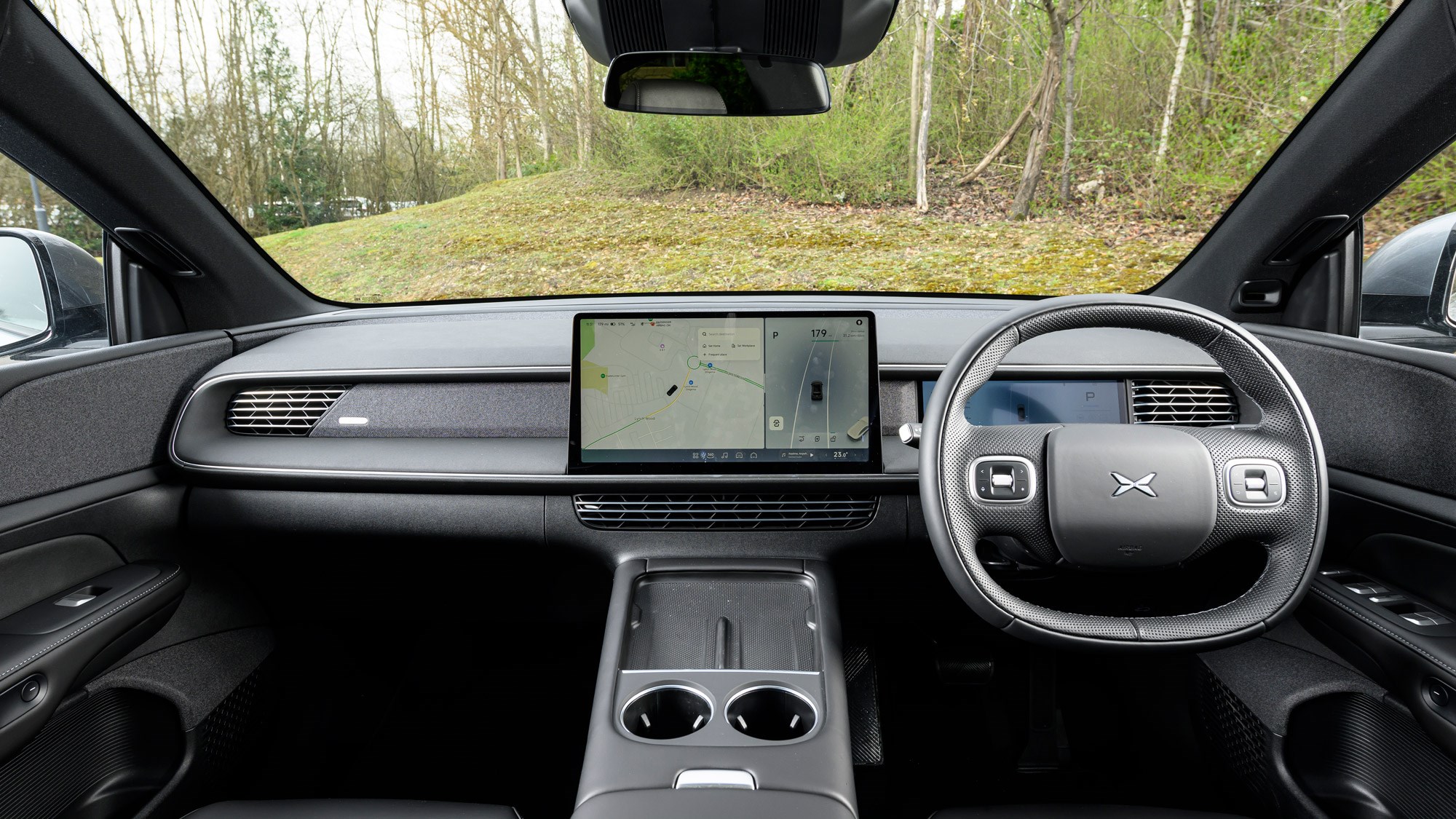
And then you get to the huge central screen. The way the software is laid out (on here and on the drivers’ instruments, in fact) is very Tesla-like, which is both a benefit and a disadvantage. Positively, that means super crisp visuals and impressively fast responses to inputs, and neat details like a natural voice assistant that can help you locate certain features helps take the edge off what is, inevitably, a busy screen full of info.
Venture into the settings menu (and all of its sub-menus) and you’ll be there for some time, reading all sorts of data on the car and tweaking everything from how the car’s modes handle to what whooshing sound it makes when it accelerates and every adjustment you could imagine to the safety tech. As well as the steering wheel buttons, there’s a swipe-down menu for quick access to the most used features, which comes in handy quickly.
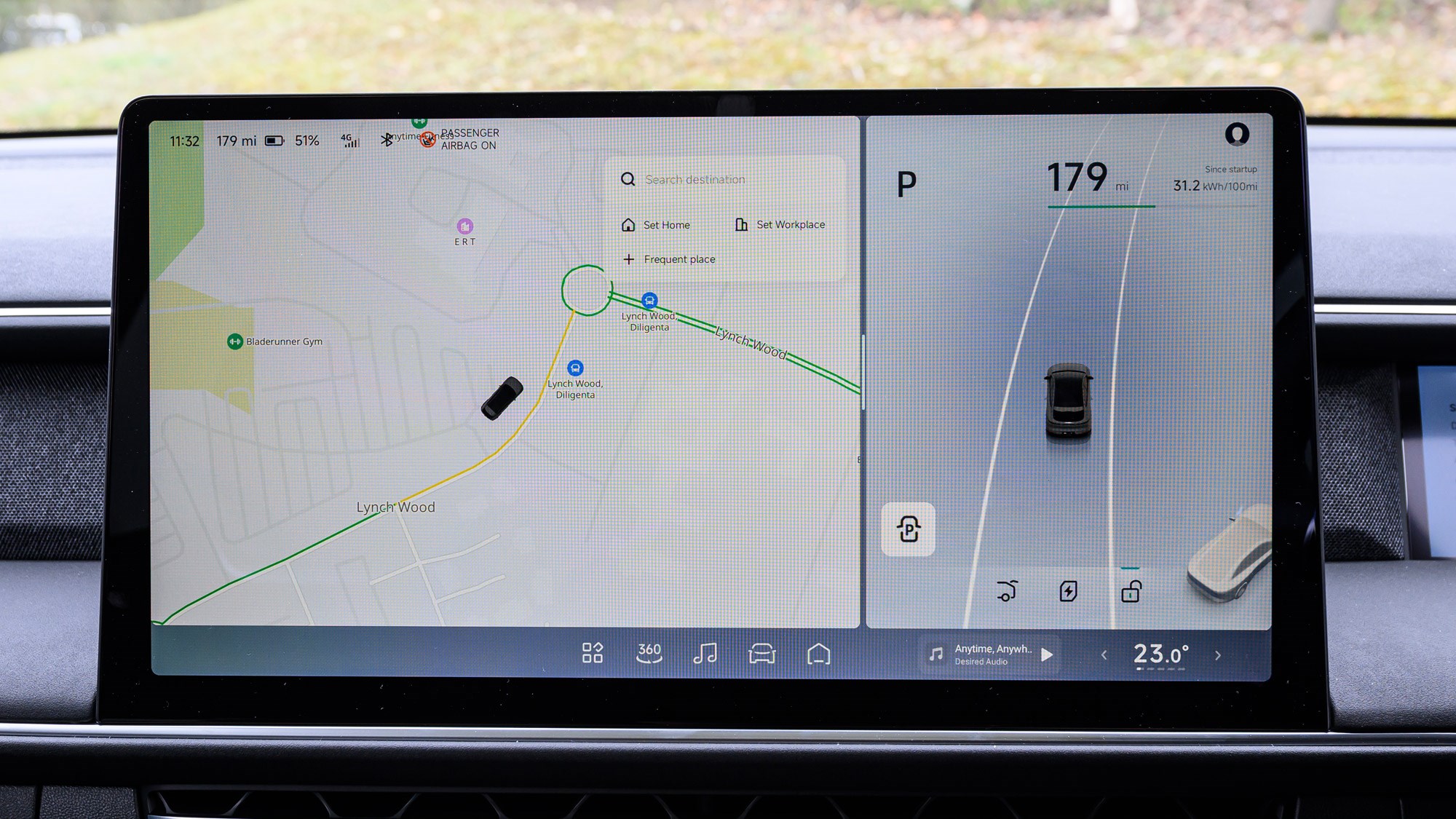
The only clanger in the interior? The indicator and drive shift stalks, which are old Mercedes ones that were ditched by the Three Pointed Star years ago. This almost echoes Tesla, which did something similar with its early Model S cars and manages to feel jarring in the G6 when the rest of the interior is bespoke and well-appointed. Of course, no one will really notice where these stalks are from other than car dorks like us, but the fact they’re quite plasticky doesn’t help sell the interior quality ambience when you use them so regularly.
Impressively, despite being loaded with safety aids and technology, the G6 isn’t a nag behind the wheel by bonging senselessly for blinking too fast or coughing. It’s relatively laid back, and when it bongs it even asks you if you want the bonging to stop if it’s annoying you. The ambience is also helped via the ‘i-Private’ speaker in the driver’s headrest, which directs certain audio like navigation info to you directly.
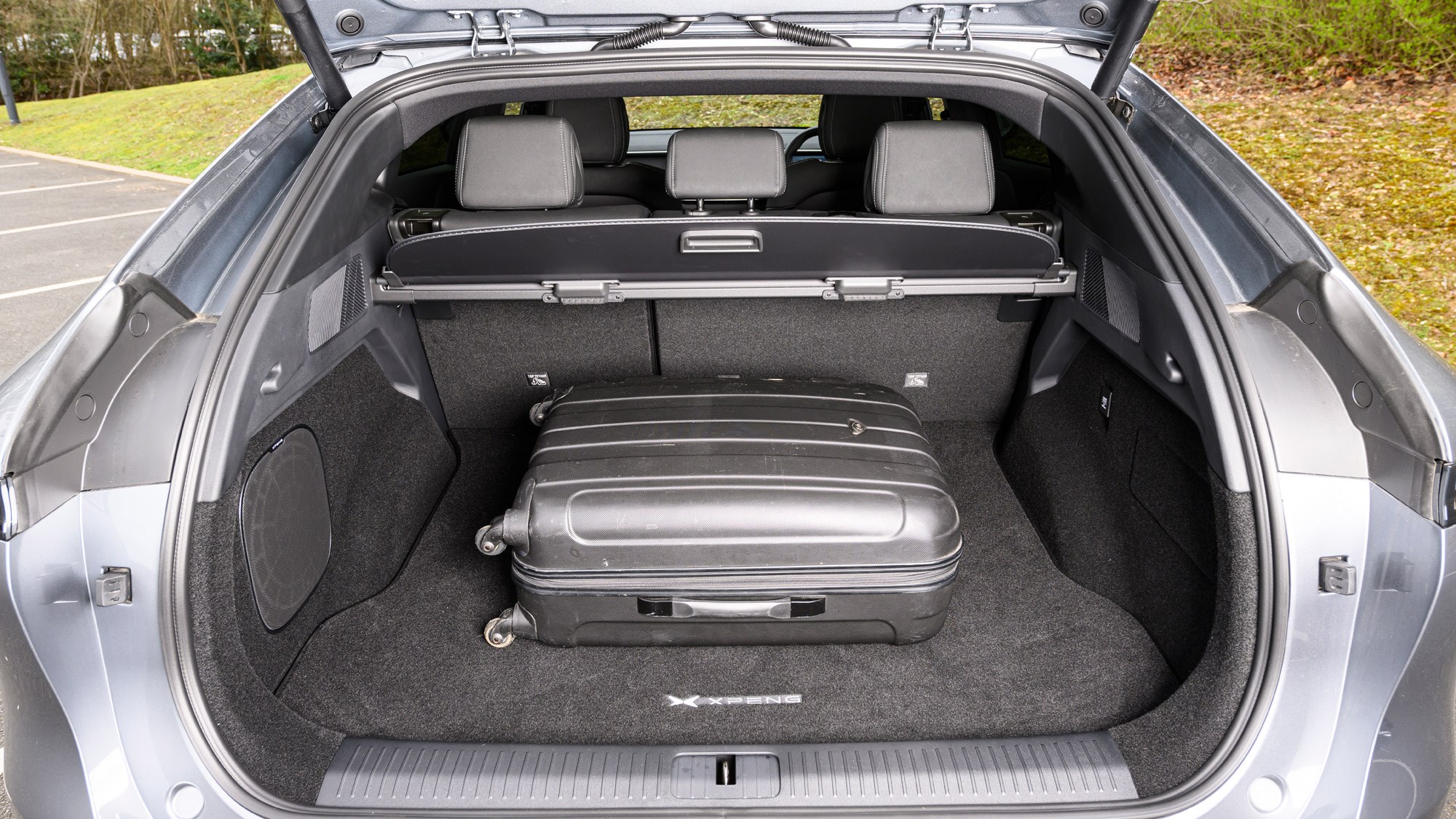
Space is also impressive, too. Besides the high centre console that feels like a wall between driver and front passenger, the cabin feels airy – no doubt helped by a fixed glass roof. Rear space, even with the front seats moved as far back as possible, is plentiful for tall adults. There’s loads of headroom, too, despite the sloped roofline.
The front seats can recline entirely horizontally, and the rear seats have 12 recline settings, too. Boot space is rated at 571 litres with the rear seats up, or 1374 litres folded flat – larger than a Renault Scenic and Hyundai Ioniq 5. It’s also competitive against a Tesla Model Y but, frustratingly, Tesla measures its boot volume to the roof and not the parcel shelf – so we can’t measure the two accurately until we get the two together with a tape measure.
Before you buy
More than anything, you must acknowledge that this is a fledgling brand in the UK that’s only just setting up shop, and therefore doesn’t have a large footprint at the moment. The brand plans to open 20 dealers in 2025 in key locations. More will open in the years ahead as the brand (and its range of models available to UK buyers) will expand. That said, Xpeng has been doing business for more than a decade and has been manufacturing and selling cars in its home market that whole time, so it’s not an entirely new enterprise.
Standard equipment is excellent and there are no trim options to choose from – just one fully-loaded model that’s armed to the teeth with tech. The only choice is which powertrain you go for. That means loads of semi-autonomous driving assistance via Xpeng’s ‘XPilot 2.5’ technology, automated parking, heated and cooled seats, a massive touchscreen with natural voice assistant and wireless Apple CarPlay and Android Auto. Both also feature 20-inch wheels and come with Michelin tyres – no naff non-brand tyres to be found here.
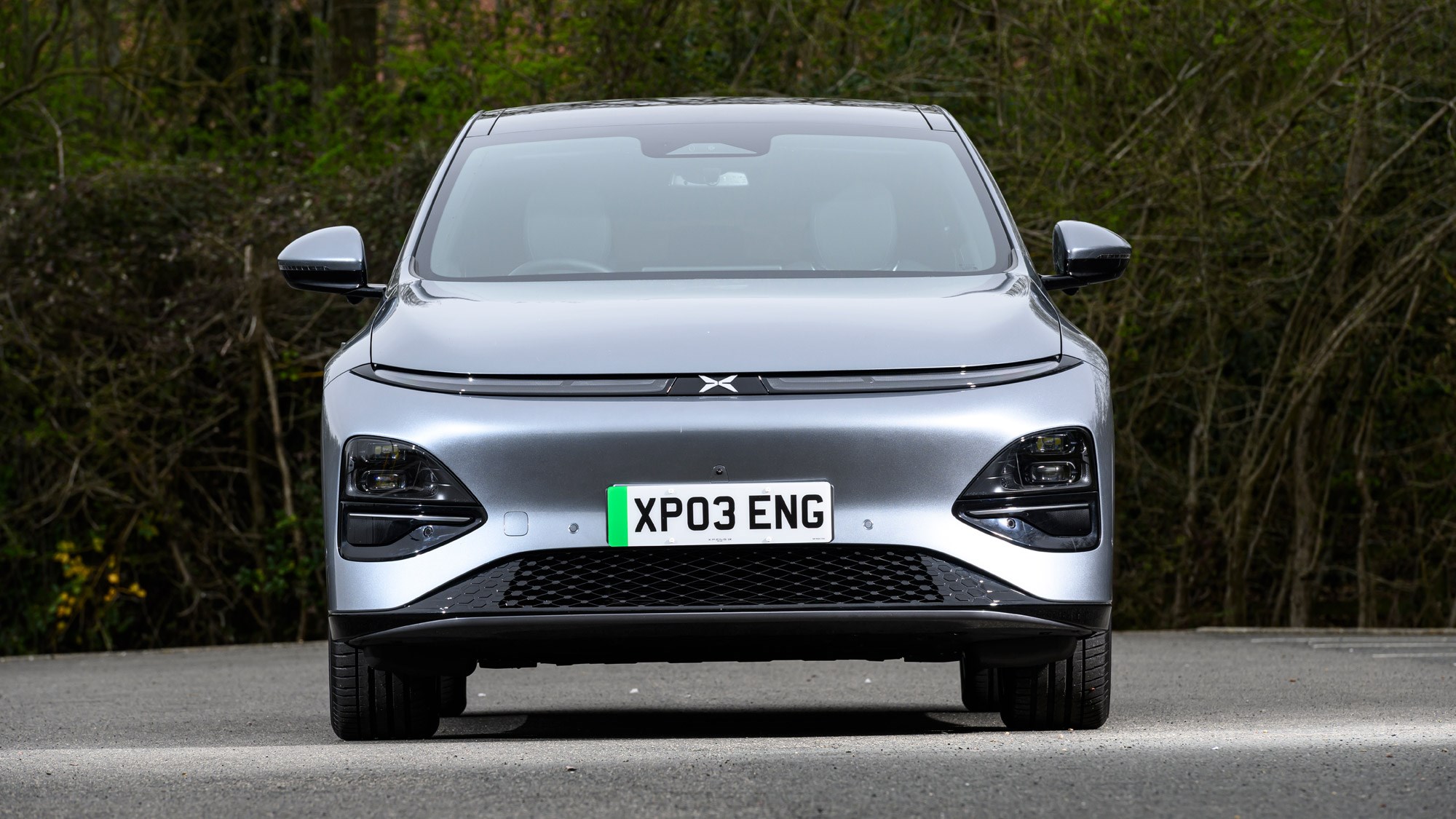
It’s properly packed to the rafters with kit considering it starts from £39,990 for the Standard Range – a full £5,000 less than the entry price of a Model Y. The Long Range comes in at £44,990 and is our pick of the range.
Given its market placement, the G6 has a huge amount of competition. It’s aimed squarely at the Model Y, as well as the Hyundai Ioniq 5, Kia EV6, BYD’s new Sealion and top-spec versions of Renault’s Scenic E-Tech. That’s one heck of a roster of very good cars that may draw you away from the G6.
Verdict
Xpeng has tried its hardest to keep up with the very best in what is possibly one of the most crowded classes of EV right now, and has mostly succeeded. The G6 is smooth, refined, spacious and well built – making it more than competitive enough against Tesla’s Model Y. With sub-£40k pricing, it’s also great value considering its size and standard equipment.
Is it perfect? No. It’s also as bland as a Model Y to look at (perhaps even more so) and far from the most interesting thing to drive but offers it plenty else besides. It’s a very good start for Xpeng, and certainly among the best Chinese EVs we’ve tested to date.
Specs are for an Xpeng G6 RWD Long Range